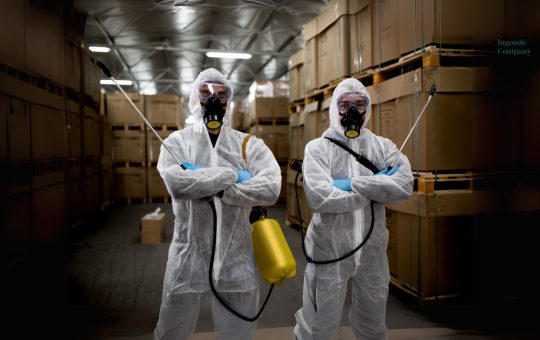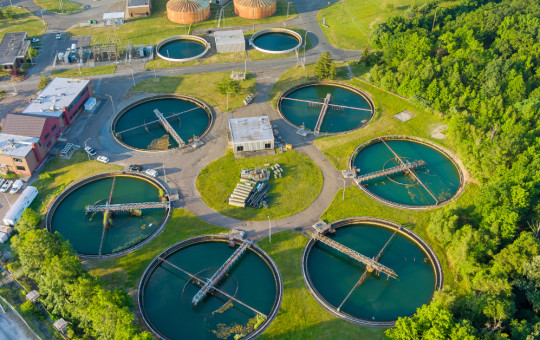
Level 2 Award in Fall Protection Systems
Course Overview
The Level 2 Award in Fall Protection Systems provides essential knowledge and skills for individuals responsible for working at heights or managing fall protection systems. This course focuses on identifying fall hazards, selecting appropriate fall protection equipment, and implementing systems that ensure worker safety.
Participants will gain a comprehensive understanding of fall protection principles, regulatory compliance, and best practices for using fall arrest, restraint, and rescue systems in various work environments.
Benefits
- Enhanced Workplace Safety: Learn to mitigate fall hazards effectively.
- Legal Compliance: Stay aligned with OSHA, ANSI, and HSE regulations for working at height.
- Practical Skills: Master the selection, inspection, and usage of fall protection equipment.
- Emergency Preparedness: Gain knowledge of rescue procedures in fall-related incidents.
- Career Advancement: Earn a valuable certification recognized by employers globally.
Learning Outcomes
By the end of this course, participants will:
- Understand the types of fall protection systems and their applications.
- Identify and evaluate workplace fall hazards.
- Select and inspect appropriate fall protection equipment.
- Apply safe practices for working at height.
- Develop and implement fall protection plans.
- Perform emergency rescue procedures for fall incidents.
Study Units
Unit 1: Introduction to Fall Protection Systems
- Importance of fall protection in the workplace.
- Regulatory requirements and standards.
- Overview of fall hazards and risk factors.
Unit 2: Types of Fall Protection Systems
- Fall restraint systems: belts and anchorage.
- Fall arrest systems: harnesses, lanyards, and lifelines.
- Work positioning systems and their applications.
- Temporary and permanent fall protection solutions.
Unit 3: Equipment Selection and Inspection
- Criteria for selecting fall protection equipment.
- Inspection procedures for harnesses, lanyards, and anchor points.
- Identifying equipment damage and ensuring proper maintenance.
Unit 4: Safe Work Practices at Height
- Techniques for safe movement and positioning at height.
- Avoiding swing falls and maintaining fall clearance.
- Best practices for working on roofs, scaffolds, and elevated platforms.
Unit 5: Fall Protection Plans and Emergency Procedures
- Developing and implementing fall protection plans.
- Rescue techniques for fallen workers.
- Communication and coordination during emergency rescues.
Career Progression
The Level 2 Award in Fall Protection Systems prepares participants for roles such as:
- Fall Protection Supervisor: Oversee fall protection measures and ensure compliance.
- Safety Trainer: Conduct training sessions on fall protection systems and procedures.
- Health and Safety Officer: Manage workplace safety programs focused on fall prevention.
- Rescue Technician: Specialize in fall incident rescue operations.
This certification is a stepping stone for advanced safety training in areas like rope access, confined space rescue, and comprehensive work-at-height management.
Our assessment process is designed to ensure every learner achieves the required level of knowledge, skills, and understanding outlined in each course unit.
Purpose of Assessment
Assessment helps measure how well a learner has met the learning outcomes. It ensures consistency, quality, and fairness across all learners.
What Learners Need to Do
Learners must provide clear evidence that shows they have met all the learning outcomes and assessment criteria for each unit. This evidence can take different forms depending on the course and type of learning.
Types of Acceptable Evidence
Assignments, reports, or projects
Worksheets or written tasks
Portfolios of practical work
Answers to oral or written questions
Test or exam papers
Understanding the Structure
Learning outcomes explain what learners should know, understand, or be able to do.
Assessment criteria set the standard learners must meet to achieve each learning outcome.
Assessment Guidelines
All assessment must be authentic, current, and relevant to the unit.
Evidence must match each assessment criterion clearly.
Plagiarism or copied work is not accepted.
All learners must complete assessments within the given timelines.
Where applicable, assessments may be reviewed or verified by internal or external quality assurers.
Full learning outcomes and assessment criteria for each qualification are available from page 8 of the course handbook.
Top Courses
No results found.
Related Courses
Let's Get in touch
Deleting Course Review
Course Access
This course is password protected. To access it please enter your password below:



